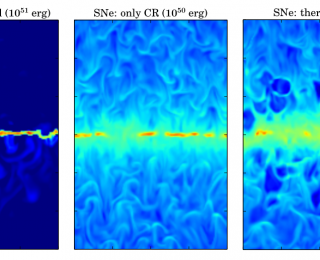
by Andrew Emerick | Oct 1, 2015 | Daily Paper Summaries
The energy injected into galaxies from dying stars through supernovae plays an important role in how they evolve in a process known as feedback. However, cosmic rays generated by supernovae may be equally important in constructing a complete picture of galaxy evolution. The authors of today’s astrobite investigate this by producing hydrodynamics simulations including supernovae, cosmic rays, and magnetic fields.
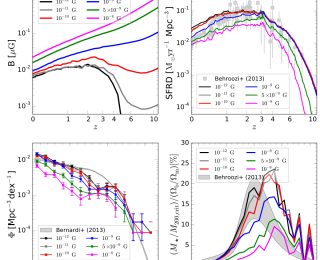
by Andrew Emerick | Sep 3, 2015 | Daily Paper Summaries
Although magnetic fields exist virtually everywhere, we still do not know quite a lot about the role they play in the evolution of our Universe. On galaxy scales and larger, they can be difficult to observe, but may play a crucial role in how they evolve. Today’s astrobite discusses work done to try and understand how initially weak fields in the early Universe can affect galaxy evolution over time.
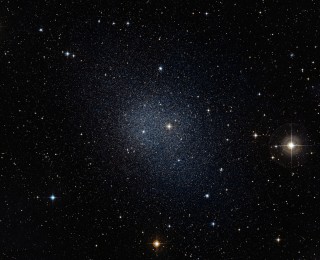
by Andrew Emerick | Jul 14, 2015 | Daily Paper Summaries
Dark matter dominated dwarf spheroidal galaxies are some of the best places to test predictions on how dark matter behaves in the Universe. Predictions for how the dark matter should be distributed in these galaxies disagrees with what is actually observed, however. The authors of today’s Astrobite investigate how the dark matter profiles may evolve over time from what is predicted to what we see today.
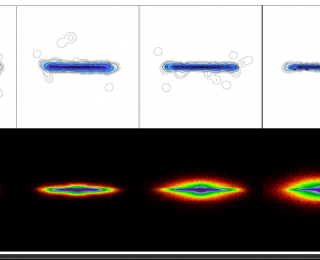
by Andrew Emerick | Jun 16, 2015 | Daily Paper Summaries
Star formation and supernova explosions play an important role in galaxy formation and evolution, in a process known as feedback. Today’s astrobite discusses how modifying the amount of feedback from supernova explosions affects the properties of the disc of a Milky Way galaxy, and how it affects the hot, gaseous halo surrounding massive galaxies.
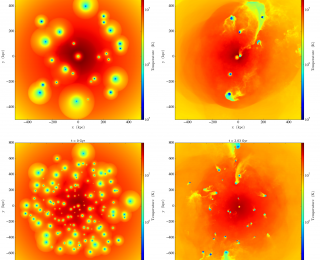
by Andrew Emerick | May 19, 2015 | Daily Paper Summaries
The evolution of a galaxy is strongly dependent upon the environment the galaxy lives in. Galaxies moving through galaxy groups and galaxy clusters can get stripped of their gas that would otherwise be used to form stars. Today’s astrobite discusses simulations of the stripping and removal of the hot, gaseous coronae that surround galaxies.





